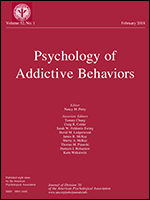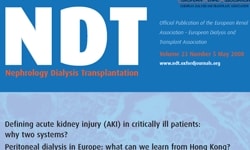
“Cannabis has a reputation for inducing feelings of peace and love – and now scientists claim they have found the reason why.
A new study reveals the illegal drug acts much in the same way as chemicals produced by the natural ‘love hormone’ oxytocin, which is known to boost emotional feelings and bonding towards romantic partners, between mothers and babies and friends.
The research, conducted on mice, found that higher levels of oxytocin led to the release of anandamide – which behaves very similarly in the brain to the psychoactive ingredient in cannabis, THC.
Both chemicals attach to the same brain cell receptors, producing a similar ‘high’.
As part of the study, the researchers found that blocking anandamide reduced the pro-social effects of oxytocin – while a drug which preserved anandamide in the mice’s brains seemed to make them happier around other mice than other, untreated, animals.
Scientists say the results could highlight new paths for research in the treatment of autism, for which symptoms often include difficulty socialising.
It is very difficult to directly deliver oxytocin to the brain, however.
Dr Daniele Piomelli, of the Italian Institute of Technology in Genoa, Italy, said another strategy could be to intervene further down the oxytocin-anandamide pathway.
Our findings open the exciting possibility that drugs that block the degradation of anandamide, which are currently being tested for various anxiety disorders, could give a boost to the brain’s own oxytocin and help people with autism socialise more.
– DR DANIELE PIOMELLI, RESEARCHER
The findings were published in the journal Proceedings of the National Academy of Sciences.”
http://www.itv.com/news/2015-10-27/cannabis-mimics-love-hormone-in-the-brain-study-finds/










